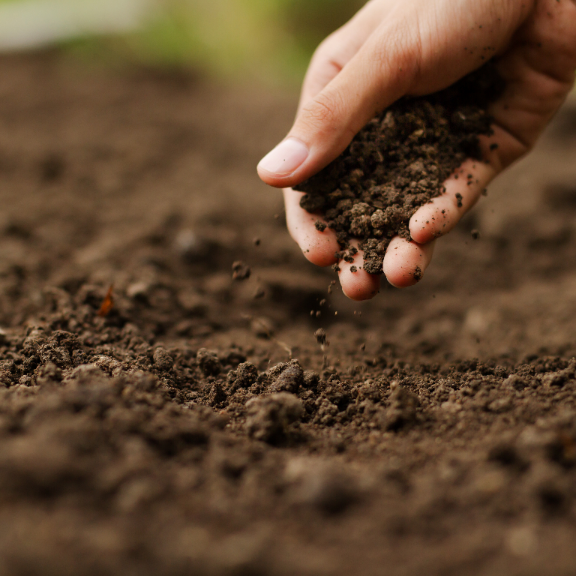Soil Preparation
Embarking on a successful sugarcane farming venture in the diverse agricultural landscapes of Kenya begins with meticulous soil preparation. This critical step lays the foundation for optimal plant growth, robust yields, and the overall success of your sugarcane crop.
Before breaking ground, initiate the process with comprehensive soil testing. This analytical insight into nutrient levels, pH, and overall soil health guides subsequent decisions on fertilization and soil amendments. Armed with this knowledge, you can tailor your approach to suit the specific needs of sugarcane cultivation.
Clear the selected land of debris, rocks, and existing vegetation. Efficient land clearing sets the stage for a clean and suitable area for sugarcane planting, ensuring that the soil is free from impediments that could hinder crop growth.
Plowing follows, a pivotal step to break up the soil, enhance aeration, and facilitate root penetration. The depth of plowing should be adjusted based on soil type and structure, creating a loose and receptive bed for planting.
In areas with compacted soil layers, subsoiling becomes a beneficial practice. By breaking up deeper layers of compacted soil, subsoiling promotes better root development and water infiltration, addressing challenges associated with soil compaction.
Achieve a uniform surface by leveling the plowed land. This crucial step ensures consistent water distribution during irrigation and prevents waterlogging in specific areas. A well-leveled field contributes to efficient farm management practices.
Incorporate organic matter into the soil to enhance fertility. Well-rotted compost or organic manure introduces essential nutrients, improves soil structure, and encourages microbial activity, creating an environment conducive to sugarcane growth.
Fertilization is a key aspect of soil preparation. Guided by soil test results, apply the necessary fertilizers to meet the specific nutrient requirements of sugarcane. Nitrogen, phosphorus, and potassium are fundamental nutrients for optimal growth and yield.
Create raised beds for planting sugarcane. These beds enhance drainage, prevent waterlogging, and provide a loose, well-aerated medium for root development. The formation of beds contributes to an optimized planting environment.
Mark rows at appropriate distances, considering the variety of sugarcane and the equipment you'll use for subsequent operations. Proper row spacing ensures optimal sunlight exposure and facilitates farm management practices.
Plan for irrigation systems during soil preparation. Efficient water management is critical for sugarcane, and a well-designed irrigation system ensures consistent moisture levels throughout the crop's growth stages.
Time your soil preparation activities based on seasonal conditions. Optimal soil preparation is typically done well in advance of the planting season, allowing for settling and the integration of nutrients into the soil.
Implement soil conservation practices, such as contour plowing or cover cropping, to prevent soil erosion. These measures become particularly crucial in sloped or hilly areas, contributing to the sustainability of your farming practices.

